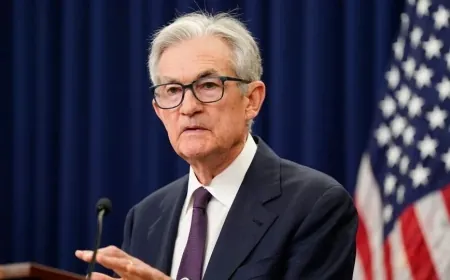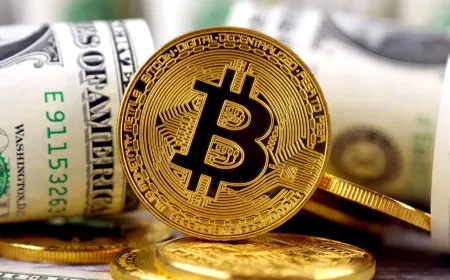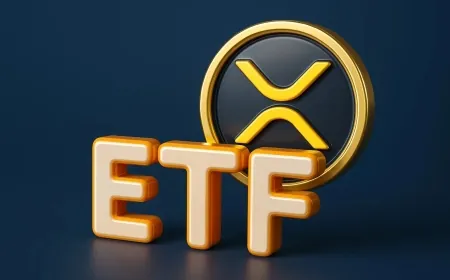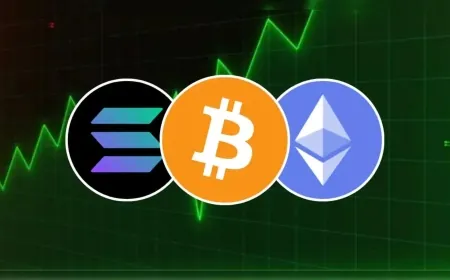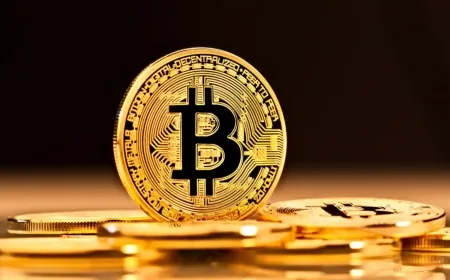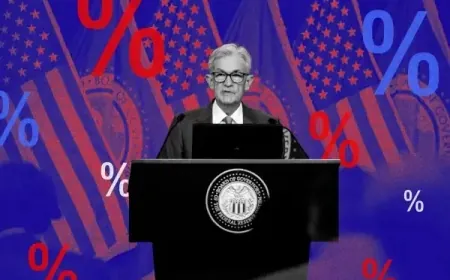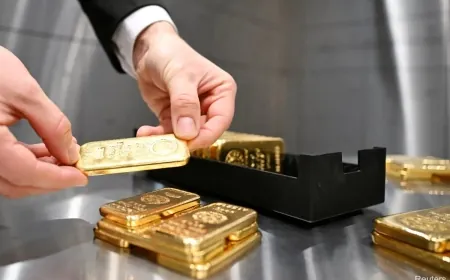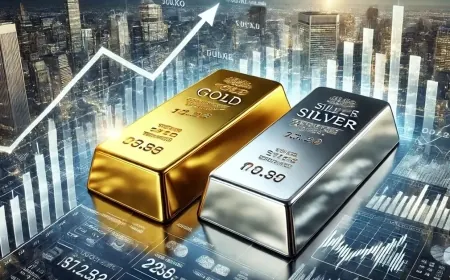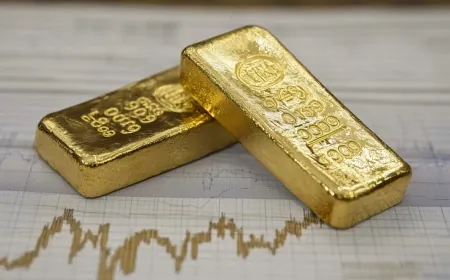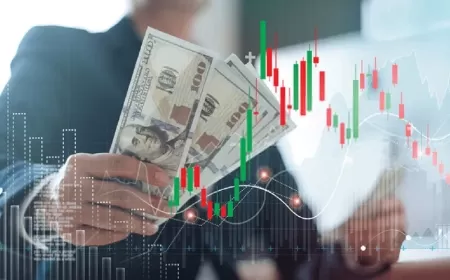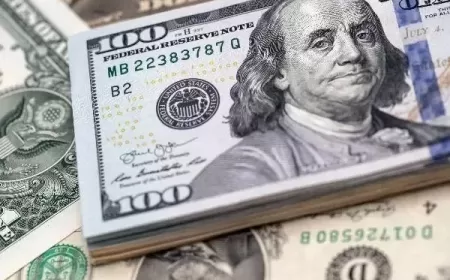Gold Falls Over $250 After Record $4,374, Silver Also Slides
Gold drops to $4,036 after Monday’s record high; silver falls to $47.60 as trade developments and dollar strength drive sharp market correction.
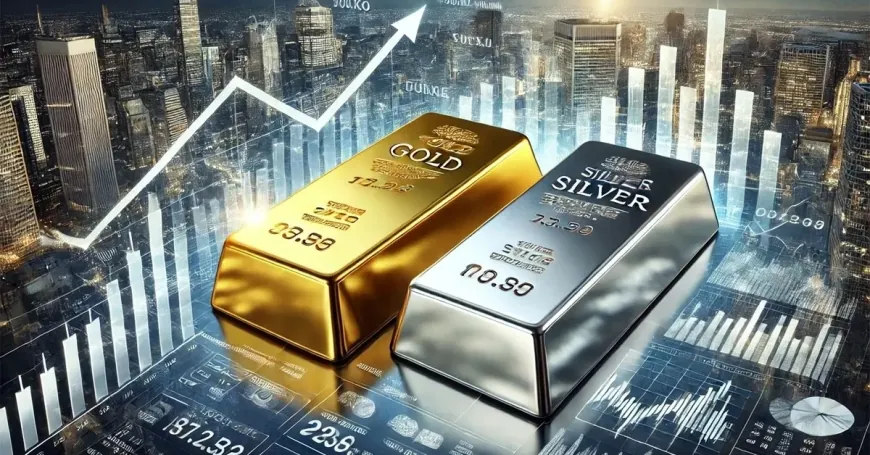
Gold prices fell sharply this week, reversing gains from record highs and sending ripples across global markets. On Monday, New York gold futures soared to $4,374 per troy ounce, setting a new all-time record. By Tuesday, prices dropped more than $250 (5.74%), the steepest single-day decline since September 2011, according to FactSet.
The sharp swing underscores the volatility inherent in precious metals markets. While gold remains a popular asset for investors seeking security amid uncertainty, the rapid changes demonstrate how sensitive its price is to economic developments, trade dynamics, and currency fluctuations.
Even with the recent decline, gold continues to trade well above levels seen at the start of 2025, reflecting sustained demand and the ongoing role of the metal as a store of value in turbulent times.
Factors Behind the Early 2025 Surge
Gold experienced record-breaking growth in the first nine months of 2025, driven by a combination of economic, political, and financial developments.
-
Trade Tensions: Tariffs imposed by the Trump administration on global imports prompted investors to seek safe-haven assets, including gold. Fears of slowing trade and potential disruptions in supply chains contributed to higher demand.
-
Inflation Concerns: Rising prices in the U.S. and globally increased interest in gold as a hedge against inflation. Unlike fiat currencies, gold preserves purchasing power over time, making it attractive during periods of rising costs.
-
Government Shutdown: The weeks-long U.S. government shutdown added to uncertainty, prompting investors to shift funds into tangible assets. Gold, historically resilient during political and fiscal instability, saw heightened activity.
-
Central Bank Purchases: Major central banks continued buying gold to diversify reserves and protect against currency fluctuations, supporting prices.
These factors combined to push gold to record levels, while silver, often more volatile due to industrial demand, also surged to a high of $53.44 per troy ounce last week.
Current Market Levels
As of 11 a.m. ET Wednesday, precious metals traded as follows:
-
Gold futures: $4,036 per troy ounce, down from Monday’s record.
-
Silver futures: $47.60 per troy ounce, down from last week’s high.
Although both metals saw sharp losses in the last few sessions, year-to-date returns remain substantial: gold has risen 50%, and silver 60% since January 2025.
Reasons for the Recent Price Drop
The sudden decline can be attributed to several market developments:
-
Trade Optimism: Hints of eased U.S.-China trade tensions reduced demand for safe-haven assets. Investors expecting a resolution sold gold holdings, prompting the price drop.
-
Stronger U.S. Dollar: The U.S. dollar strengthened against other currencies, making gold more expensive for international buyers and lowering demand.
-
Profit-Taking: Following rapid gains, investors cashed in on their positions, especially after gold reached unprecedented levels.
Swissquote senior analyst Ipek Ozkardeskaya explained that gold was trading in overbought conditions, which amplified the correction. She emphasized that while short-term fluctuations are expected, long-term drivers—including inflation concerns and central bank demand—remain in place.
Investment Considerations
Gold remains a key option for investors seeking diversification and protection against financial uncertainty.
-
Advantages:
-
Tangible value that is not tied to any single currency.
-
Historical ability to retain purchasing power during inflation or market instability.
-
Diversification benefits for portfolios heavily invested in equities or fiat-based assets.
-
-
Limitations:
-
High day-to-day volatility can affect short-term gains.
-
Returns are generally lower than high-growth equities over extended periods.
-
Other investment options, such as derivatives or diversified securities, can sometimes offer more efficient hedging strategies.
-
The Commodity Futures Trading Commission (CFTC) has warned that while precious metals provide security, their prices can swing sharply, and sellers often profit during periods of heightened economic or political anxiety.
Silver Performance
Silver, often paired with gold as a precious metal investment, experienced similar volatility this week. Its price fell over 7% on Tuesday after reaching a recent record high. Silver’s smaller market size and industrial use make it more susceptible to large price swings than gold.
Despite recent losses, silver has outperformed gold in 2025, rising 60% year-to-date, highlighting continued investor interest.
Environmental and Health Risks
The gold market’s surge has intensified concerns about mercury use in small-scale and artisanal mining:
-
Mercury is used to separate gold from ore.
-
Contamination of water and accumulation in fish lead to serious neurological and developmental risks in humans.
-
Even limited exposure affects miners and local communities, making this a significant health concern.
Authorities stress that implementing safer mining practices and monitoring environmental impact is critical to mitigate these risks while sustaining gold supply.
Intraday Trading Volatility and Market Mechanics
This week’s swings in gold and silver prices were influenced heavily by short-term trading strategies rather than long-term investment decisions. Several hedge funds and commodity trading firms executed large block trades that amplified price movements in New York futures markets.
Automated trading systems, which trigger buy or sell orders when prices cross certain thresholds, also contributed to rapid intraday declines, particularly in silver. Analysts noted that these technical factors can cause abrupt changes even when underlying demand remains steady.
In addition, trading volumes surged on the first day following gold’s record, indicating that many market participants were taking profits rather than adding new positions. This created sharp fluctuations in both metals’ prices within a few hours.
Momentum-driven trades and automated strategies temporarily influenced gold and silver prices more than fundamental factors, such as central bank purchases or industrial demand, causing sharp short-term volatility in the markets.
| Month | Gold Price (USD/oz) | Change | Silver Price (USD/oz) | Change |
|---|---|---|---|---|
| January | $2,690 | – | $29.75 | – |
| February | $2,780 | +$90 | $31.10 | +$1.35 |
| March | $3,050 | +$270 | $34.25 | +$3.15 |
| April | $3,380 | +$330 | $38.50 | +$4.25 |
| May | $3,620 | +$240 | $42.00 | +$3.50 |
| June | $3,790 | +$170 | $45.20 | +$3.20 |
| July | $4,010 | +$220 | $49.10 | +$3.90 |
| August | $4,120 | +$110 | $51.00 | +$1.90 |
| September | $4,280 | +$160 | $52.50 | +$1.50 |
| October | $4,374 | +$94 | $53.44 | +$0.94 |
| Mid-October | $4,125 | -$249 | $50.20 | -$3.24 |
| Late-October | $4,036 | -$89 | $47.60 | -$2.60 |
Also Read: Gold Reaches $4,000 Record on Strong Investor Demand

